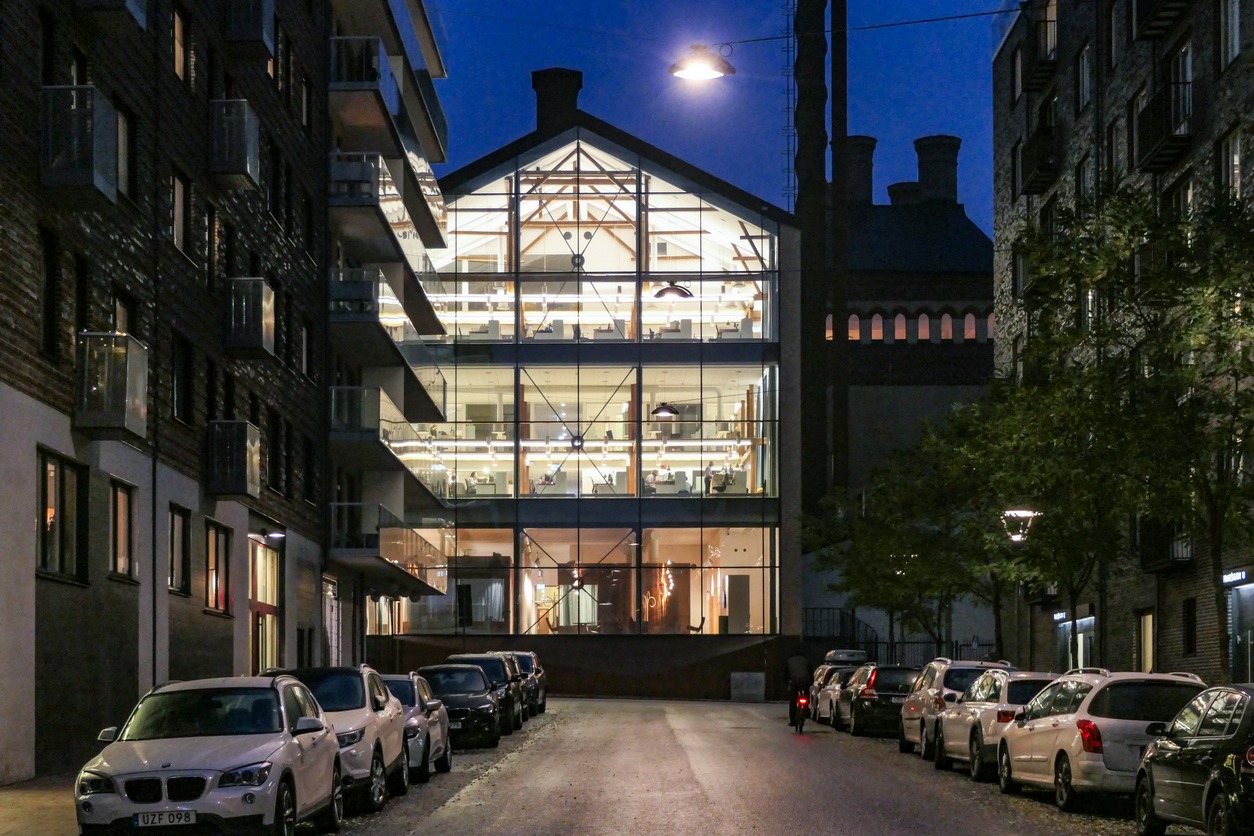When old structures come down, the debris doesn’t always have to end up in landfills. Urban recycling offers a better way forward by transforming construction materials, abandoned buildings and neglected spaces into valuable community resources.
From converting old warehouses into residential spaces to grinding rubble into new construction materials, urban recycling demonstrates sustainable development doesn’t always mean building from scratch.
What Is Urban Recycling?
Urban recycling involves transforming old buildings, neighborhoods and even entire historic districts to give them a new purpose, while preserving their heritage. This goes beyond just reusing materials — it includes revitalizing the social, cultural and community aspects of these spaces while meeting modern needs.
Reclaiming urban spaces takes many forms, including salvaging building materials like bricks, wood beams and concrete from demolition sites for new construction projects.
It also involves adaptive reuse, wherein old structures like warehouses or schools are transformed into apartments, offices or community spaces, instead of being torn down.
Another key aspect is land reclamation, which turns contaminated or abandoned sites — called brownfields — into functional spaces, like parks or gardens.
In 2023, over 12,700 apartments were created from old commercial structures. This pace accelerated dramatically in 2024, with around 55,000 more conversions recorded. Office buildings experienced the most transformations at 38%, followed by former hotels at 24% and other structures like old shopping malls and abandoned schools at 20%.
Why Is Urban Recycling Important?
The answer lies in its triple impact — helping the environment, economy and communities simultaneously.
Environmental Benefits
Construction and demolition generate massive amounts of waste each year. The U.S. demolition and construction sector alone produces 600 million tons of debris annually, while cement is to blame for 97% of emissions from the same industry.
Sustainable urban development reduces this burden by keeping materials in use. This means fewer trees need to be cut for lumber, and less mining is needed for minerals. Recycling locally also means less transportation and lower manufacturing demands, significantly cutting carbon emissions.
Economic Benefits
Urban recycling creates job opportunities. These aren’t just temporary positions — they’re skilled trades that support local deconstruction, material processing and adaptive reuse sectors.
Using reclaimed materials can also reduce building costs. This factor expands options by leveling the playing field for smaller construction companies. Making recycled concrete processing machines more accessible gets these businesses closer to obtaining LEED certification and winning more projects.
Social Benefits
Most importantly, urban recycling preserves the neighborhood’s character and history. When you save a building, you’re keeping community memories alive by blending the old with the new. Such a connection builds stronger bonds between residents and future generations and their surroundings.
Real World Examples
Many successful projects have proven urban recycling is not just a dreamy concept.
In Berlin, the CRCLR House transformed an old industrial building into a hub for circular economy entrepreneurs, preserving 70% of existing materials. The project built over a hundred workspaces and homes while demonstrating how reuse can maintain community character.
Meanwhile, researchers at Washington State University developed technology that turns drywall waste into building blocks for tiny homes. This innovation can create 800 affordable houses annually in Seattle alone, using waste from just 16 construction sites per unit.
Both projects — and many others worldwide — show how urban recycling reduces landfill waste, while creating vibrant, affordable spaces for communities.
Challenges and Opportunities
Deconstructing buildings carefully costs more than demolition, and processing salvaged materials requires specialized machines. Current construction codes often make building new, rather than reusing old materials, easier. In addition, many people aren’t yet aware that urban recycling is an option.
However, the opportunities ahead are promising. New technologies are making material processing cheaper and faster, cities are adopting policies to incentivize reuse, and more homeowners and developers acknowledge the environmental, social and economic benefits.
Build Tomorrow’s Communities From Today’s Resources
Urban recycling is about reimagining building for the future. Every preserved structure, reused brick and transformed space gets residents closer to truly sustainable cities. You can be part of this movement today. Start small, think circular and help turn your city’s rubble into tomorrow’s foundations.
Source link
Ellie Gabel biofriendlyplanet.com

